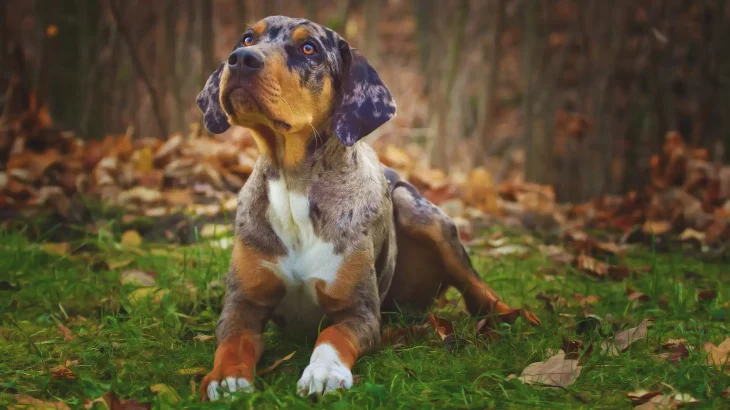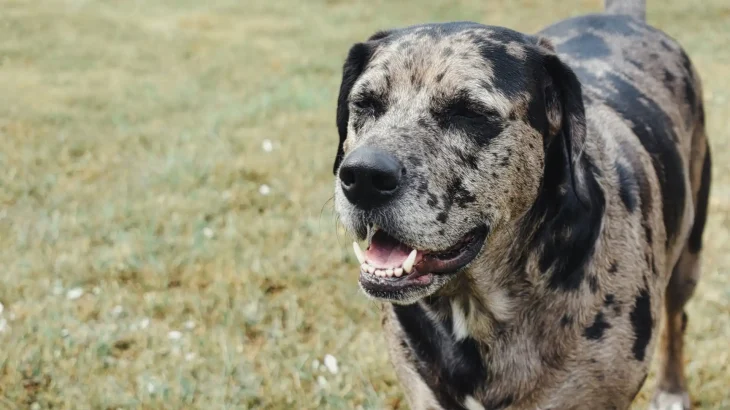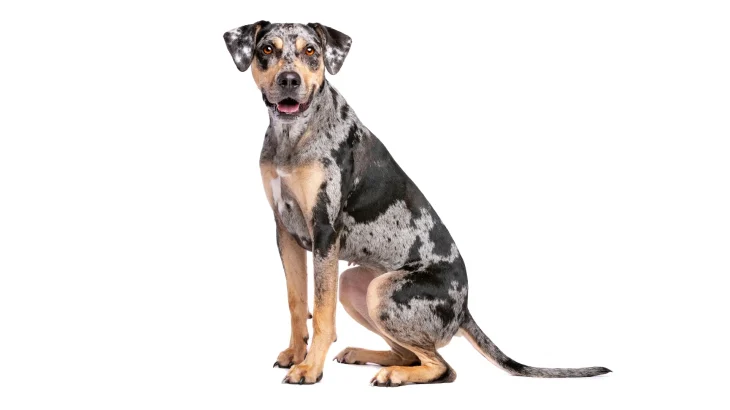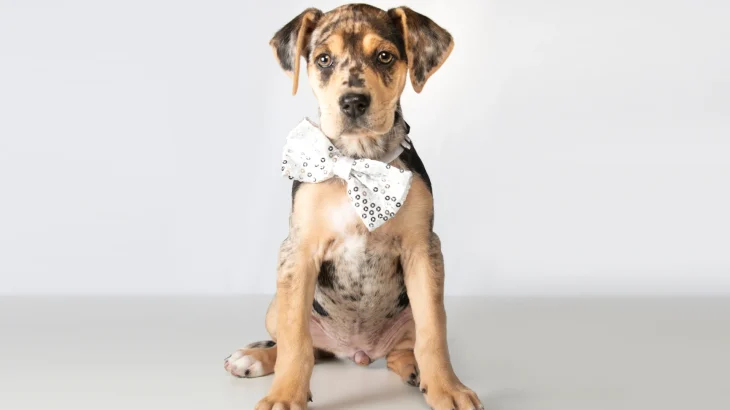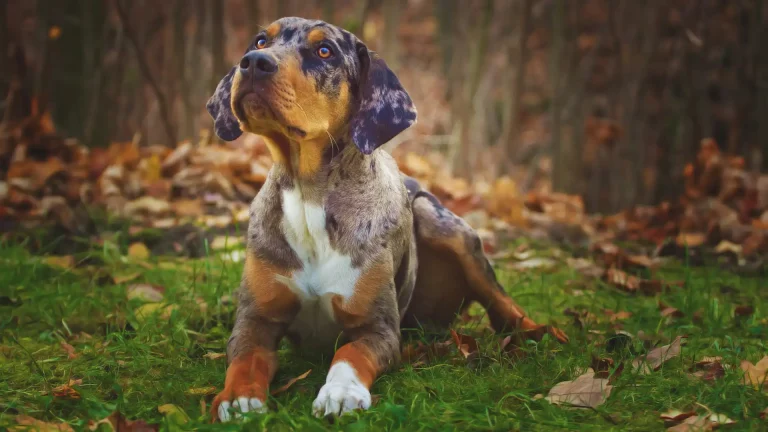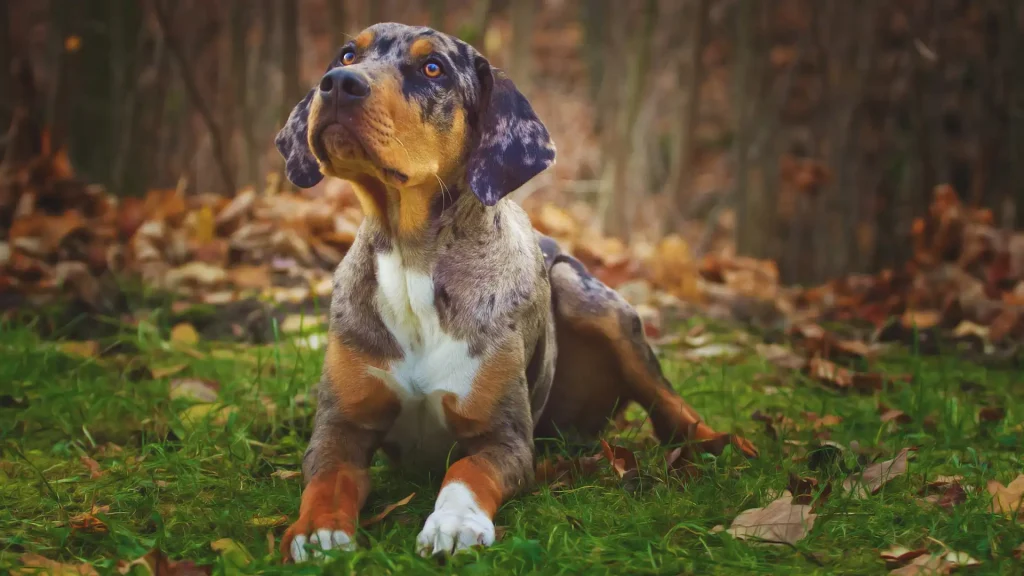When deciding between adopting or purchasing a Louisiana Catahoula Leopard Dog puppy, the choice often hinges on factors like cost, health transparency, and ethics. Buying from a reputable breeder may provide clearer insights into health history and pedigree, while adopting can be a more affordable option that supports animal rescue efforts.
Adoption vs. Breeder: Pros & Cons
| Criteria | Buying from Breeder | Adopting from Shelter/Rescue |
|---|---|---|
| Cost | Usually higher, reflecting breed purity and breeder costs. | Lower fees, often including vaccinations and spay/neuter. |
| Health History | Detailed records and genetic screening are often available. | Health history may be limited or unknown; basic vet checks done. |
| Age Availability | Mainly puppies, allowing early bonding. | Varies widely; puppies to adults, offering more options. |
| Temperament Insight | Breeders offer lineage-based temperament details. | Insight based on shelter staff observations; full history may be unknown. |
| Supporting Practices | Supports responsible breeding with focus on breed standards. | Helps reduce shelter overcrowding and gives a home to a dog in need. |
| Ethical Considerations | Ensure breeder is responsible to avoid puppy mills. | Ethical choice promoting animal welfare and rescue. |

